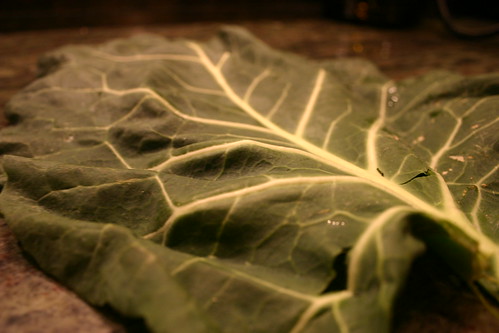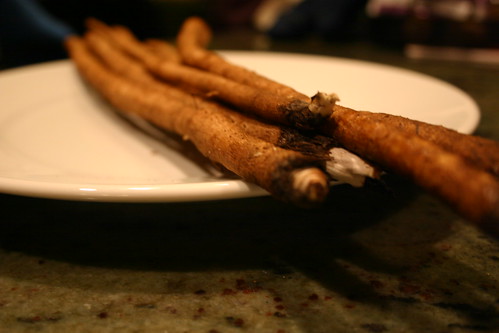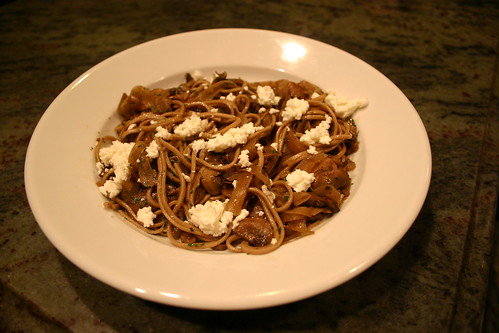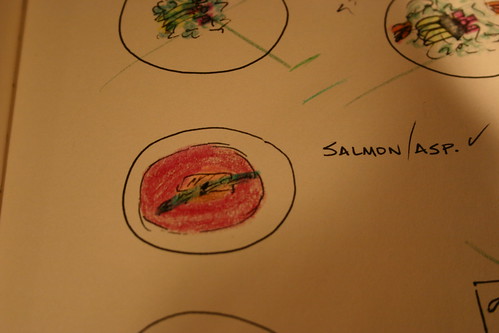
Corporations, municipalities and organizations all over America are making zero-waste commitments, setting 5, 10 year goals to create programs that will ensure nothing that they buy or use will end up in a landfill, but will instead be reused, recycled or composted. Many experts, such as the Institute for Local Self-Reliance, consider zero-waste programs to be one of the quickest, cheapest and most effective ways to fight climate change. Given Chicago’s reputation as one of the greenest cities in America, it probably would surprise you to learn that it neither has made nor could make a zero-waste pledge at this time. What’s the hold-up? The law in Illinois as currently written effectively prohibits commercial composting of food scraps. In this feature, I’ll explain why and, more importantly, what you can do help get the offending and out-of-date provisions off the books.
Illinois requires commercial composting facilities accepting any material, other than landscape waste, to obtain a pollution control facility permit from the State Environmental Protection Agency. The Chicago Ordinance requires any composting operation to have a permit unless the waste, food or landscape, is created on-site, composted in-vessel (conducted in a fully enclosed container), and the resulting compost used on site. To explain, if a school were to compost its food scraps in full enclosed composting equipment, like an Earth Tub, it would have to use all of that compost on its property – it could not sell it or give it away to farmers, community gardeners or landscapers. Some may ask ‘what’s the big deal?’ A lot of businesses have to get permits or licenses to operate. Perhaps, the answer is found in the name of the permitting section, the Pollution Control at the State Public Nuisance Cessation and Abatement at the City. Composting, a life creating process, is considered a nuisance, a pollutant, by the government. And as a result, the permitting process is going to be an arduous and expensive one.
This has been the practical effect. According to Ken Dunne of the Resource Center, a municipality could charge up to $300,000 to site a composting facility within its limits. Consequently, as of today, there are no commercial composting facilities in Chicago that accept food scraps. In fact, according to findacomposter.com, a service of BioCycle Magazine, there is not a single composting operation in Illinois that accepts food scraps. The Resource Center’s composting site on 70th Street in Chicago was shut down by the City in 2003. A project that was to involve the Resource Center and the City of Chicago never materialized. The Resource Center is still operating, funding its operations through its recycling activities. The Center collects compostable food scraps from a limited number of restaurants and events, like Green Fest. It then brings these compostable materials to a composting facility in County Line, Indiana, where it is mixed in with other materials. Because of this mixing process, the resulting compost is used for landfill cover, not for farm purposes. Food waste represents 15-20% of residential garbage, without food scrap composting, we are squandering a valuable resource that could be used to enrich our soil.
So much for the bad news; the good news is that change may be on its way. Senator Heather Steans has introduced a bill, SB99, that would allow food waste to be commercially composted in Illinois. The bill seeks to amend the Illinois Environmental Protection Act to remove food scraps from the definition of garbage. It then defines “food scrap” to mean “compostable material that (i) results from the handling, processing, preparation, cooking consumption, or sale of food and (ii) is separate from either a household waste stream or a municipal waste stream.” It includes within this definition biodegradable food containers, i.e. compostables. The bill also goes on to exclude composting facilities that accept food scraps from the definition of pollution control facilities, thereby removing them from the arduous permitting process. The bill essentially treats food scrap composting in the same manner as landscape composting, allowed in Illinois for years.
The Fact Sheet, which accompanies the bill, focuses on the economic benefit of the amendments. It recognizes that the cost to process a food scrap composting site in Illinois is prohibitively expensive. It then asserts that “the bill will open up the ability for investors to form food waste composting facilities, creating jobs in Illinois and selling Illinois-made compost all over the country.” Only after the Fact Sheet concludes that the bill would prolong the life of Illinois’ landfills, does it note that it would reduce gases that contribute to climate change.
In the current financial and political climate in Illinois, starting with the economics of the situation is probably the best approach to take with the legislature. While it may seem that SB99 is a win-win piece of legislation that creates jobs, increases business opportunities and saves the environment, there are deeply held misconceptions about composting, which sank a similar piece of legislation in 2005 despite strong support by then Lieutenant Governor Pat Quinn.
To pass, the bill needs your help. SB99 is before the Senate Environment Committee on Thursday February 26. Call or email your Senator and urge them to support this important legislation. Food scrap composting is critical to the fight against climate change. It would reduce the amount of waste brought to our landfills, thus decreasing methane emissions. It is also a valuable soil conditioner that reduces the need for chemical fertilizers and pesticides. As Kay McKeen of SCARCE (School and Community Assistance for Recycling and Composting Education) put it, “our soil is a valuable resource, one that can be healed.” This cannot happen through chemical means, but instead by the nutrient-rich compost from our food scraps.
If you don't know your senator, search here
And then call or email to them the following.
Phone and Email Script for Support of Composting Legislation
Hello. My name is ________. I want to ask you to co-sponsor Senate Bill 99. SB99 is a bill that will allow commercial food waste composting in Illinois.
I support SB99 due to the following:
(Choose any of the following)
• Composting reduces greenhouse gas emissions. Properly aerated composting significantly reduces methane produced by decomposition. Methane has many more times the global warming impact of carbon dioxide.
• Composting reduces the amount of waste going to landfills. Currently, organic waste that could be composted makes up 1/3 of the waste in Illinois landfills.
• Creating commercial composting facilities separate from landfill facilities will create new jobs throughout Illinois. Currently, many organizations that wish to compost food waste export it for composting to surrounding Mid-western states. We should keep these jobs in Illinois.
• Using nutrient rich compost, the product of composting, instead of chemical fertilizers in crop cultivation and gardening will reduce the quantity of chemicals leached into our drinking water and food crops. Reducing dependence on chemical fertilizers is beneficial to ecological, animal, and human health.
• Illinois law should follow the example of states such as Indiana, Wisconsin, Iowa, California, Pennsylvania, and New York that have well established composting regulations. Illinois law should not lag on this issue.
I strongly believe that Senate Bill 99 will provide significant environmental and economic benefits to the state of Illinois. I request that you co-sponsor Senate Bill 99. Thank you very much for your time.













